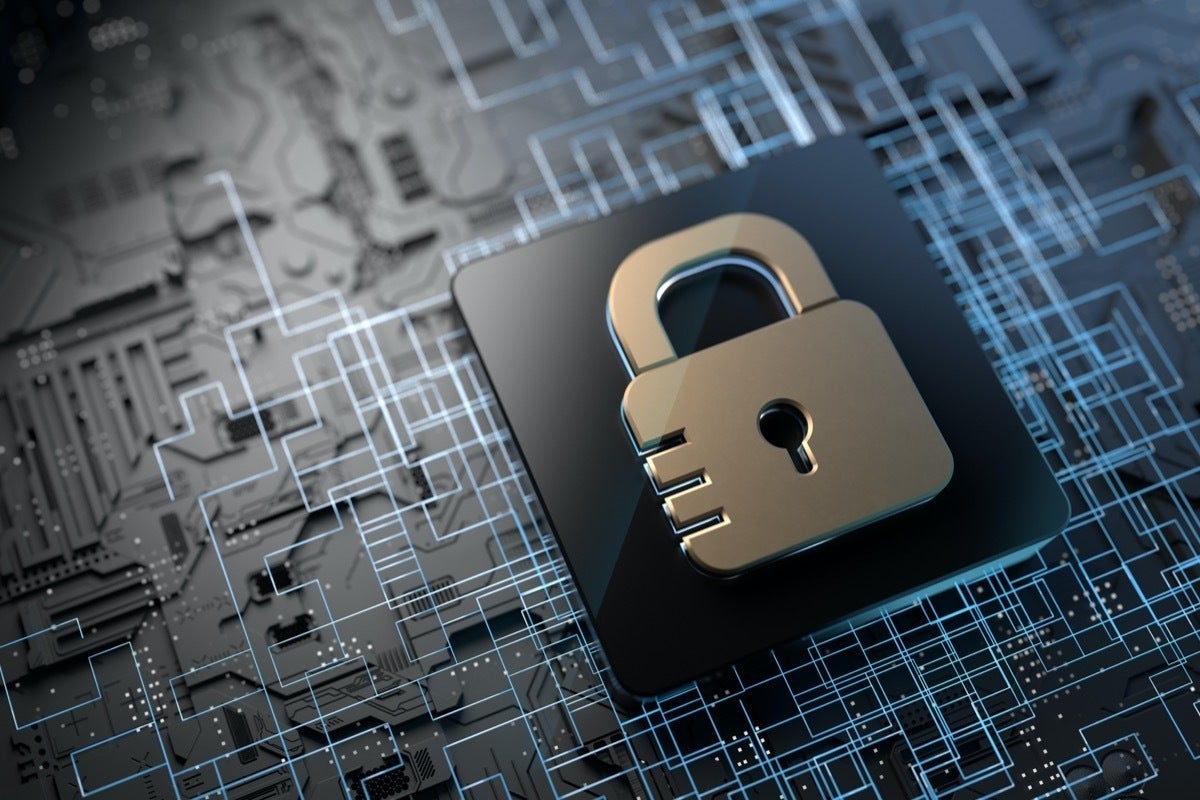
As the digital threat landscape expands and poses new security threats, organizations are turning to digital innovation to meet their rapidly changing security needs. Many organizations are adopting multiple digital innovations, including 5G. However, with the incorporation of new devices into their networks, they are also introducing more edges and expanding the attack surface, posing new cybersecurity risks for their organizations.
The integration of 5G is just one example of the challenges digital innovation can pose if organizations don’t have a comprehensive security platform to cover all their bases. Advancements in 5G will fundamentally alter network performance requirements at the edge for devices and applications, as well as require appropriate security infrastructure to monitor and manage the new levels of performance. Network demand will also increase considerably and increased network complexity will eventually lead to evolving security needs.
Businesses that do not proactively prepare a comprehensive 5G security strategy to meet this new demand can run the risk of encountering latency issues and diminished user experiences – and will struggle to compete or retain customers. The integration of security and networking, or a security-driven networking approach, is essential to protect against threats and securely increase network capabilities without negatively impacting user experience.
5G Challenges for Public and Private Networks
Many organizations assume having a private network keeps them safe, but this is not often the case. Going wireless can increase the attack surface due to factors such as increased Industrial Internet of Things (IIoT) exposure, physical mobility of devices on the network, and interplay between the enterprise, MNOs, IoT manufacturers, operational technology (OT) vendors and suppliers. With the shift to virtual infrastructures and cloud-based architectures that rely on open technologies, there is a strong need for security capabilities that far exceed those of standard stateful firewalls. The attack surface of this emerging infrastructure extends far beyond physical assets, backhaul and fronthaul, signaling, roaming, charging, and internet interfaces. Additionally, new strategies such as network slicing, service providers must be able to accommodate the complete end-to-end isolation of slices. That includes the agile and dynamic allocation of end-to-end resources to multiple tenants running different services with varied requirements.
The transformation of 5G concurrently brings the rise of edge clouds designed to deliver high-bandwidth and low-latency applications. Edge clouds will need to support multiple tenants and specialized IoT applications outside of the central cloud. However, edge cloud policies and enforcement will need to remain consistent with those in the core, meaning the inclusion of centralized orchestration and autonomous edge security to ensure both consistency and time to respond. Ultimately, whether the network is public or private, end-to-end security requires a platform approach that can provide security across all edges.
Establishing a Security Framework that Supports 5G
Service providers and enterprises need to ensure that the various security requirements brought on by 5G can be adequately addressed by their security solutions. These solutions must be part of a single security framework rather than a separate, isolated set of tools that can cause additional overhead as well as issues related to configuration and orchestration. Ensuring that these solutions are fully integrated and automated ensures consistent and effective security to protect infrastructure assets and revenue-generating services.
To further address this challenge, Fortinet recently expanded its Security Fabric and introduced the new FortiGate 7121F and FortiExtender 511F-5G to further secure and accelerate 5G adoption. Powered by Fortinet’s proprietary SPU ASICs, the FortiGate 7121F delivers the highest-performing security necessary for 5G networks and enterprise Zero Trust Access, while FortiExtender 511F-5G provides wireless WAN connectivity for SD-WAN and SASE solutions.
Replacing Legacy Solutions with Integrated, Holistic Security
5G is a growing technology that requires organizations to meet the performance and security needs of the solution. However, many organizations do not currently have this capability due to their legacy security setup made of a hypercomplex patchwork of difficult-to-manage infrastructures. These old infrastructures are no longer viable in protecting against cyberattacks, while also supporting digital innovation. Organizations must deploy coherent and comprehensive network security strategies to achieve a broad, automated and integrated security framework like the one Fortinet provides through the Security Fabric.
Conclusion
New technology advancements, such as the newest evolution of 5G, can significantly improve an organization overall network performance. However, organizations must proactively create comprehensive security plans to support their network’s advancement in both performance and user experience. An effective strategy would be one that converges networking and security like Secure SD-WAN and SASE, and secures all the edges from the WAN Edge to the RAN to the packet core.
Learn more about securing 4G, 5G and beyond with Fortinet.
"network" - Google News
May 01, 2021 at 01:26AM
https://ift.tt/2QB18i5
Protecting 5G Networks Requires an Integrated, Holistic Security Approach - CSO Online
"network" - Google News
https://ift.tt/2v9ojEM
https://ift.tt/2KVQLik
Bagikan Berita Ini














0 Response to "Protecting 5G Networks Requires an Integrated, Holistic Security Approach - CSO Online"
Post a Comment